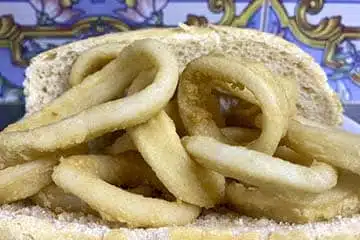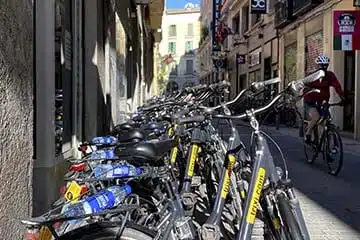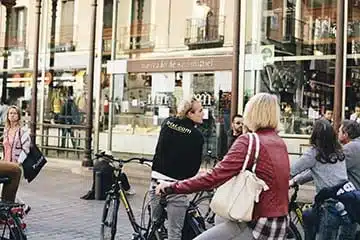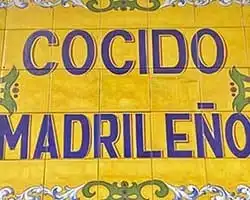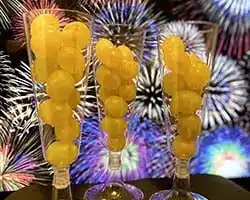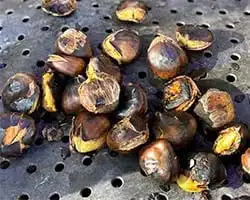Bike Tours Madrid – We are back… …doing our bike tours respecting the guidelines and recommendations for our Tour Guides – developed by Spanish Tourism Quality Institute (ICTE): “Measures to reduce the spread of SARS-CoV-2” New rules for mask use in Spain came into effect on June 26. Spain continues to require the use of face masks in all indoor public spaces; however, masks are no longer required outdoors as long as 1.5 meters of social distancing can be maintained. Our tour guide will inform clients about applicable prevention and hygiene measures, and also about restrictions, limitations or modifications to the service to prevent contagion. The safe distance between the
La Violeta In contrast to this melancholic song by Prince, “La Violeta” has been sweetening the world with its purple sweets for more than 105 years. This shop is very near to our Trixi bike shop and as we write the blog we get to know more and more hidden corners of this vibrant city that is Madrid. We would like to share these discoveries with you. La Violeta is a family business that was established in 1915 La Violeta is a family business that was established in 1915 by the couple “Gil” and it is located in Plaza de Canalejas 6, in Madrid. Since then, the shop has kept
Cocido madrileño If you plan to visit the Spanish capital during the winter months, what better than to try one of the most representative dishes of its gastronomy: the “cocido madrileño”. It is one of those powerful dishes that warms you up inside, comforts you and reminds you of that good meal at mum’s house. It simply makes you happy! The cocido madrileño is a stew whose main ingredients are chickpeas, various vegetables, meat, bacon and some sausage. It has humble origins and was initially eaten by the lower classes. It reached the upper classes thanks to its presence on restaurant menus. It is a star dish not only in
New Year’s Eve in Spain – Why do Spaniards end the year with a bowl full of grapes in their hands? The Spanish tradition says that in order to have 12 months of good luck in the New Year you have to eat 12 grapes at exactly 12 o’clock on the night of the 31st of December; also, it is important to eat one grape at the time with the sound of each midnight bell. Therefore, it is recommendable to buy small grapes and to be careful not to choke because we have heard of some disasters…. Where does this curious tradition come from that every year plants us in
Chestnuts: Looking to warm your hands in the cold Madrid winter? In Madrid we know that autumn has arrived when we see the first chestnut stalls appear. Usually they start to settle in November when it’s starting to get cold. People used to buy them to warm their hands. Today, chestnuts are a sign that Christmas is not too far away and they give you a kind of cosy, warm feeling while strolling through the illuminated streets of Madrid. Being a “castañera” originally was a woman´s trade that started in the 19th century and was handed over from generation to generation. The ladies, who were well known in the quarter

